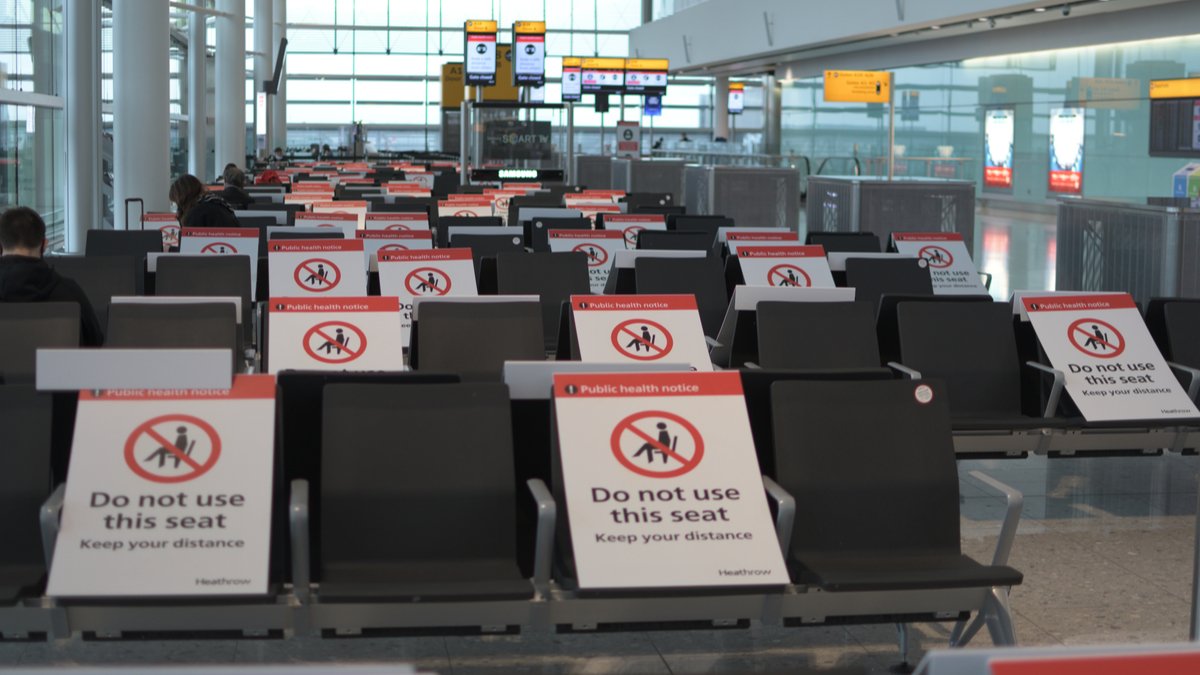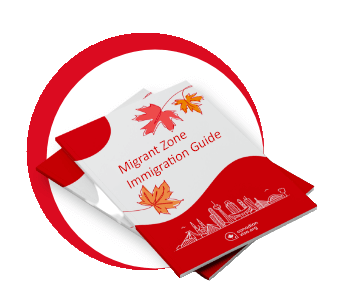
As the holiday season approaches you might start looking at places to visit, well look no further than Canada! Canada is the perfect place to experience a beautiful white Christmas or even have a winter wonderland holiday by yourself or with your family.
To ensure you have a great holiday season, we’ll take you through our tourist guide for your holiday in Canada.
How to Vacation in Canada

Most residents from foreign countries require a visitors visa or temporary resident visa in order to legally travel to Canada. If you meet all the requirements needed, you’ll receive a document which will be placed into your passport.
How do I get a Canadian visitors visa?
Step 1: Check if you’re eligible to travel to Canada
You must meet some basic requirements to get a visitors visa. You must:
- have a valid travel document, like a passport;
- be in good health;
- have no criminal or immigration-related convictions;
- convince an immigration officer that you have ties - such as a job, home, financial assets or family - that will take you back to your home country;
- convince an immigration officer that you will leave Canada at the end of your visit;
- have enough money for your stay; and
- The amount of money you will need depends on how long you will stay and if you will stay in a hotel, or with friends or relatives.
Step 2: Ensure you have the correct documents to prove you meet the COVID-19 travel exemption
| Documents Needed to Travel to Canada | |
|---|---|
| Document | When You May Need This Document |
| Proof of vaccination | Show a border services officer when you arrive in Canada |
| Proof of a negative COVID-19 test result | Air travel Show airline staff when you board your flight to Canada. If you don’t present a negative test result at check-in, the airline won’t allow you to board the flight. Land travel Show a border services officer when you arrive at a Canadian land port of entry. If you don’t present a negative test result, the border services officer won’t allow you to enter Canada. |
| ArriveCAN receipt (electronic or paper) | Show border services officer on arrival in Canada |
| Travel history | Submit with visa application |
| Itinerary | Submit with visa application |
| Account statement | Submit with visa application |
| Identity document | Submit with visa application |
Step 3: Apply for your travel visa
You can apply for a travel visa online. Please note that you’ll need to have a camera or scanner available so that you can make electronic copies of your document. You’ll also need a valid credit or debit card.
Step 4: Give your fingerprints and photo (biometrics)
If you’re applying for the first time, you need to give your biometrics unless you’re exempt. However, if you’ve already done your biometrics before they may still be valid. You can check this via the Check Status tool.
Steps to do your biometrics
- Pay the biometric fee - you must pay this fee when you submit your application.
- Get the biometric instruction letter - this letter is confirming that you need to give your biometrics and also tells you where to get it done.
- Go to an official biometrics collection service point - your biometrics will need to be handed in in person. You need to make an appointment to give your biometrics, it will be best to make your appointment as soon as you receive your instruction letter.
What if I don’t need a visitors visa?

There are a few countries that don’t require a visitors visa to enter Canada, however, you do need to apply for an Electronic Travel Authorization (eTA) even if you come from a visa-exempt country.
What is an eTA?
It’s a document that is electronically linked to your passport. This requirement is for anyone who is part of the visa-exempt nationals list. You would also need to be travelling by air to qualify for the eTA. An eTA is valid for five years or until your passport expires, during those five years you can stay in Canada for as long as six months and can do multiple visits.
Good to know:
If your passport expires before your eTA you will need to re-apply for the eTA.
How to apply for an eTA
The great benefit of the eTA is that it’s completely online and is a fairly simple process to do. It’s also available in several languages and even has a help document available if need be. You’ll need the following to complete the application form:
- A valid passport from a visa-exempt country;
- A valid email address; and
- A credit or debit card.
Once you’ve completed the application you should, if successful, receive an approved email within a few minutes. The email will contain your eTA number. However, there are certain cases where you’ll need to submit more documents before getting approved. If this happens to you, an email will be sent to you within 72 hours with further instructions.
Top Tip: Always apply for the eTA before booking your flight, as this could take time and if you’re travelling with family each person will need a separate application.
What is ArriveCAN?
ArriveCan is used to submit all your contact information as well as all documents and information related to your travel plans. To upload all of the following is relatively simple to do and your information is secure. ArriveCAN was designed to help reduce the spread of COVID-19.
As a traveller, you’re required to use ArriveCAN when entering airports or crossing the borders of Canada. To access ArriveCAN you can log in to the website and create an account or download the mobile app available.
Working Holiday Visa
The Working Holiday Visa (WHV) is a great way to explore all Canada has to offer while earning some extra money. You could even earn enough to fund your trip. Your visa will be valid for 12 to 14 months depending on your origin of the country. During this time you’re free to work anywhere in Canada and for any employer as you would have an open work visa.
Who can get a Working Holiday Visa?
Citizens of the following countries can apply for the Working Holiday Visa:
| Eligible Countries in the International Experience Canada (IEC) Program | ||
|---|---|---|
| Australia | Austria | Belgium |
| Chile | Costa Rica | Croatia |
| Czech Republic | Denmark | Estonia |
| France | Germany | Greece |
| Hong Kong | Ireland | Italy |
| Japan | Korea, Rep. | Latvia |
| Lithuania | Luxembourg | Mexico |
| Netherlands | New Zealand | Norway |
| Poland | Portugal | San Marino |
| Slovakia | Slovenia | Spain |
| Sweden | Switzerland | Taiwan |
| Ukraine | United Kingdom | |
Traveling to Canada During COVID-19

If you’re fully vaccinated and have been in any other country other than Canada and the United States in the last 14 days prior to entry to Canada may be selected for arrival testing. You’re also required to quarantine in a suitable place until you receive your negative result.
However, some travelers who qualify as fully vaccinated may be exempt from quarantine, this is all at the discretion of the office at the border. Please note that you still have to make plans to quarantine before you travel and your plans need to be submitted on ArriveCAN.
You are required to quarantine for a period of 14 days after travel if:
- You are not fully vaccinated;
- You are not given the fully vaccinated traveler exemption at the border.
FAQ 1: What is the difference between a Canada visitor visa and a tourist visa?
The main difference is the nature of the visit. In the case of a tourist visa you have a single entry where you’re allowed a visa for the time on which you’re traveling to Canada.
FAQ 2: What bank balance is required for a Canada tourist visa?
On arrival in Canada, you must have health insurance, a return flight or enough money to buy one, and proof of $2,500 in your bank account.
FAQ 3: What is the main reason a Canadian travel visa gets rejected?
You can have your tourist visa rejected for several reasons such as not providing accurate documents, having a criminal record or even not being able to show adequate financial resources to finance your travels.
By using the information in your tourist guide for your holiday in Canada, you can increase the chances of success with your visa application.



